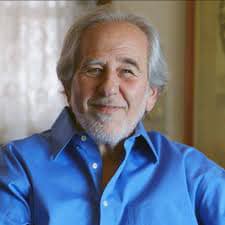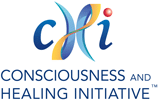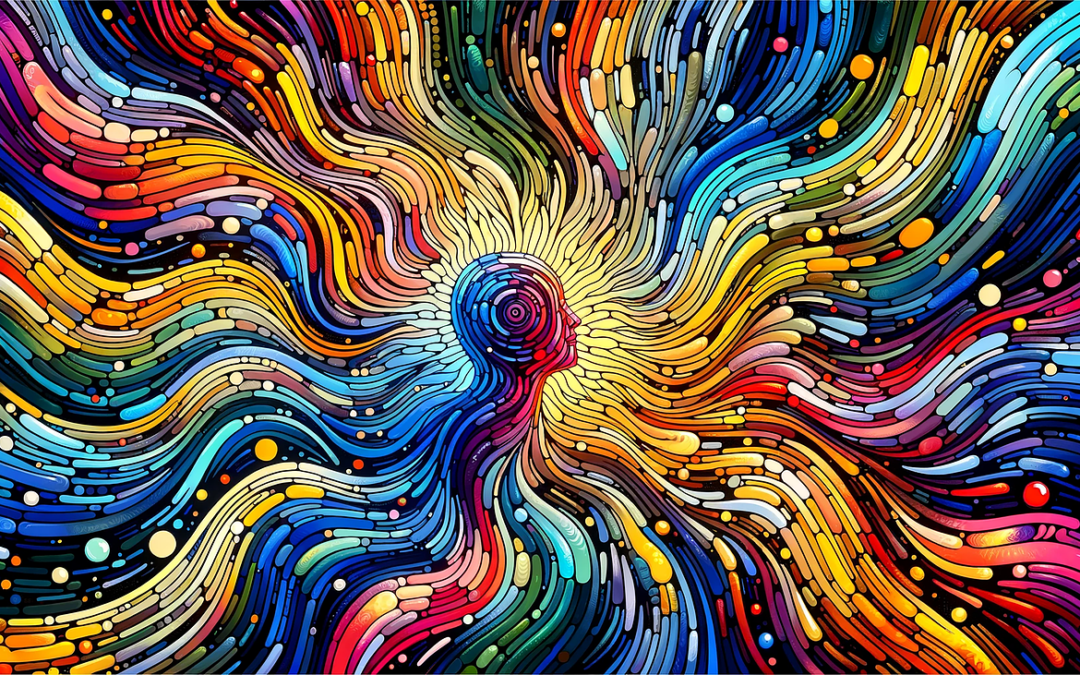This is the closing sentence in an article entitled, The Mental Universe, by physicist Richard Conn Henry (Johns Hopkins University), published in Science’s most prestigious journal, NATURE (7 July 2005, Vol 436).
While I was a professor in a medical school, the term “consciousness,” and the word “spirituality,” were expressly forbidden to use in scientific journals. However, today these words are publicly expressed in the field of Quantum Physics, the most valid of all the sciences.
In fact, this insight was first described in 1927 by Max Planck, in defining the nature of this new science. All matter originates and exists only by virtue of a force… We must assume behind this force the existence of a conscious and intelligent Mind. This Mind is the matrix of all matter.”
In studying the mechanics of epigenetics, the science of how environment controls genetic activity, I was drawn to a special set of protein receptors (i.e., “receivers”), molecules that respond to environmental signals and transfer their information into the cell. This set of specialized protein molecules, built into the outer membrane of the cell, are defined as “self-receptors.”
Each human displays a unique “set” of these receptor proteins, no two humans share the same set of self-receptors. These receptors, displayed on the surface of your cells (except for red blood cells), download an environmental signature, like a social security number, that defines your personal identity. Each person’s identity is unique, this is why we cannot easily exchange tissues and organs. The immune system of a person receiving a transplant will recognize the grafted cells as “not-self” and reject them.
Self-receptors do not determine the function of cells, they download an identity… a “source.” If the self-receptors were removed from a cell, it would not change its function. Without personal identity, that cell could be transplanted into anyone and would not be immunologically rejected. Self-receptors create a common community out of the 50 trillion cells in your body.
“Why is this relevant?” Self-receptors download your personal identity from a quantum physical energy field. In physics, a field is simply described as “Invisible moving forces that influence the physical world.” Interestingly, the term “spirit” is simply described as “Invisible moving forces that influence the physical world.” Field = Spirit. This explains the quote in the NATURE article cited above. Each human receives a unique energy “field” broadcast, a spirit. Our identity exists in the field and is downloaded into our body. You, as an entity, exists in the field. While bodies (recipients of the downloaded field) come and go, the broadcast in the field (spirit) is always present.
“You” cannot die … “you” are the expression of an ever-present spirit, energy field. This not a suggestion, it is an awareness derived from quantum physics and epigenetic science.
As the quote above goes: “Live, and enjoy.”
About the Scientist

Bruce H. Lipton, PhD is an internationally recognized leader in bridging science and spirit. Stem cell biologist, bestselling author of The Biology of Belief and recipient of the 2009 Goi Peace Award, he has been a guest speaker on hundreds of TV and radio shows, as well as keynote presenter for national and international conferences.
Dr. Lipton began his scientific career as a cell biologist. He received his Ph.D. degree from the University of Virginia at Charlottesville before joining the Department of Anatomy at the University of Wisconsin’s School of Medicine in 1973.
Dr. Lipton’s research on muscular dystrophy, studies employing cloned human stem cells, focused on the molecular mechanisms controlling cell behavior. An experimental tissue transplantation technique developed by Dr. Lipton and colleague Dr. Ed Schultz (published in the journal Science) was subsequently employed as a novel form of human genetic engineering.
In 1982, Dr. Lipton began examining the principles of quantum physics and how they apply to his understanding of the cell’s information processing systems. He produced breakthrough studies on the cell membrane, which revealed that this outer layer of the cell was an organic homologue of a computer chip—the cell’s equivalent of a brain.
His research at Stanford University’s School of Medicine, between 1987 and 1992, revealed that the environment, which operated via the cell membrane, controlled the behavior and physiology of the cell, turning genes on and off.
Dr. Lipton’s discoveries, which ran counter to the established scientific view that life is controlled by genes, gave rise to one of today’s most important fields of study: the science of epigenetics. Two major scientific publications derived from these studies defined the molecular pathways connecting the mind and body. Many subsequent papers by other researchers have since validated his concepts and ideas.

